Claudia Ungersbäck
Could you tell us more about how your studies in fashion design, philosophy, and printmaking have influenced your artistic language today?
I liked studying fashion design – the scholl, the classmates, full of creativity and embition in drawing, pattern making, and how to sew my own designs. I experimented a lot, and most of my designs were studies in technique. In printmaking I learned how to place figures in space and how tot hink in reverse for printing. I painted and drew from magazines first and also used them as material in my copy art.
Philosophy was hard form me – being patient in reading and writing, taking exams – and I stopped studying several times. At one point I finished my BA, and looking vack, I encountered so many philosophers and schools of thought, found many answers and new ideas. In Philosophy there is a lot of critique, assertion, and refutation. It made me calmer to know most oft he questions have been discussed somewhere before. I often stood out with my questions – and those I now persue in art. I am not particulary good at academic writing, but my questions continue in a different form.
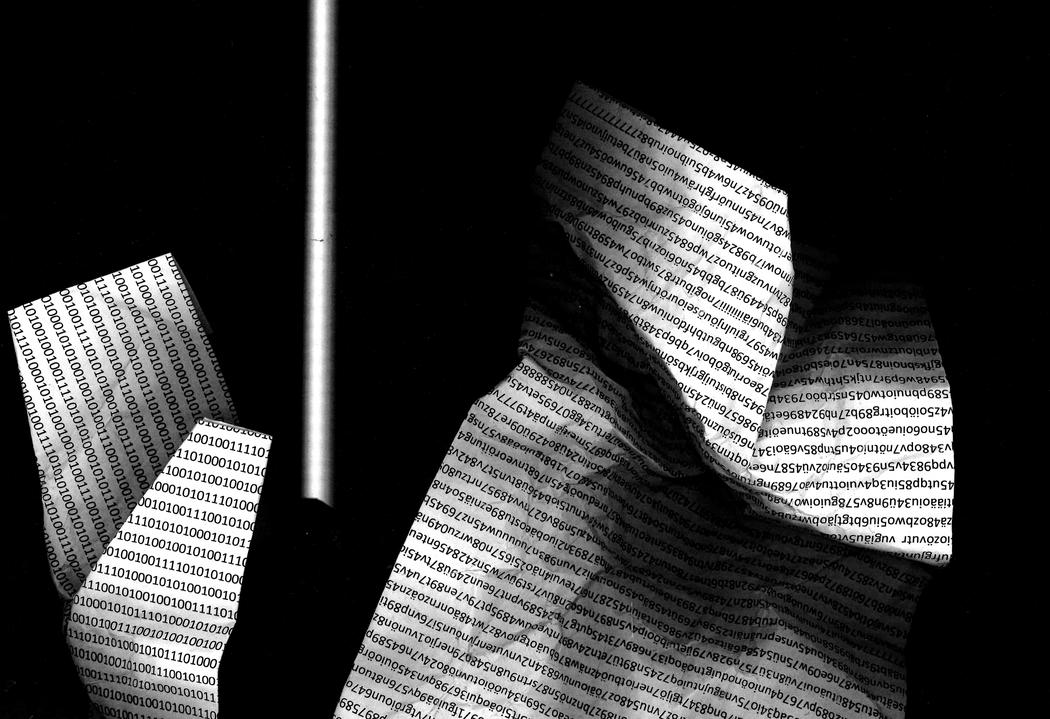 Claudia Ungersbäck | Sculptiturity | 2020
Claudia Ungersbäck | Sculptiturity | 2020
What first inspired you to work with paper as a sculptural and poetic material?
In my exhibition „out of the blue“, a paper sculpture emerged accidentially – I wanted to cover the floor with paper. At that time, I was working with plexiglass as a contuniation of a printmaking plate. I also see my copy art and digital works as developed forms of printmaking surfaces. I always wanted too make sculptures out of language, and that´s how Sculptituritys emerged – at first as scetches. Each sheed became like a sentence, a fragment of language that grew into something spartial.
How do you decide when a work is finished, especially when you work with improvisation and automatism?
At one stage I simply get fed up with working – that either another step follows , or the work is finished.
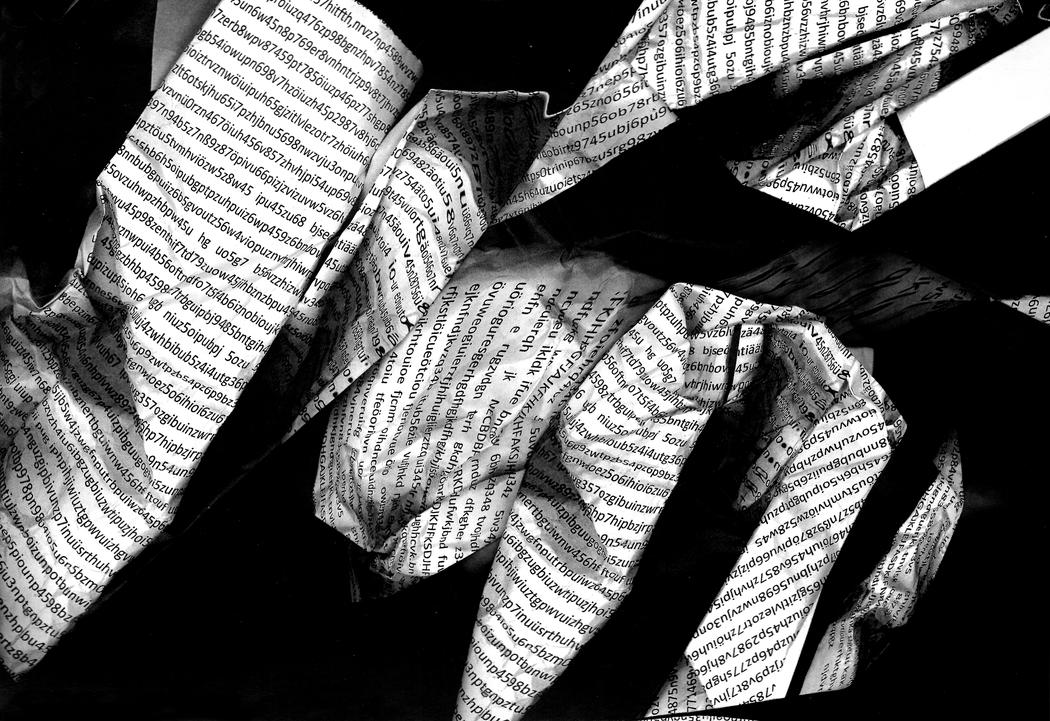 Claudia Ungersbäck | Sculptiturity | 2020
Claudia Ungersbäck | Sculptiturity | 2020
Your series Sculptiturity merges sculpture, architecture, music and poetry. How do these different disciplines interact in a single piece?
I work in series, in cyckes. One work leads to the next. I wanted to create something that merges all surroundings – fragments and elements of everything – into one form. Each discipline informs the other, and together they shape a space that is material and poetic at the same time.
You mention “machine poems” based on console sounds. How do you capture and translate sound into visual form?
I know how to play keyboard. While typing templates for Textkörper I became aware of the sounds – even when I play music, I compose poems. On the console I had shorter rows, and a kind of Fluxus feeling emerged – tapping the keys rhytmically. One thing flowed into another.
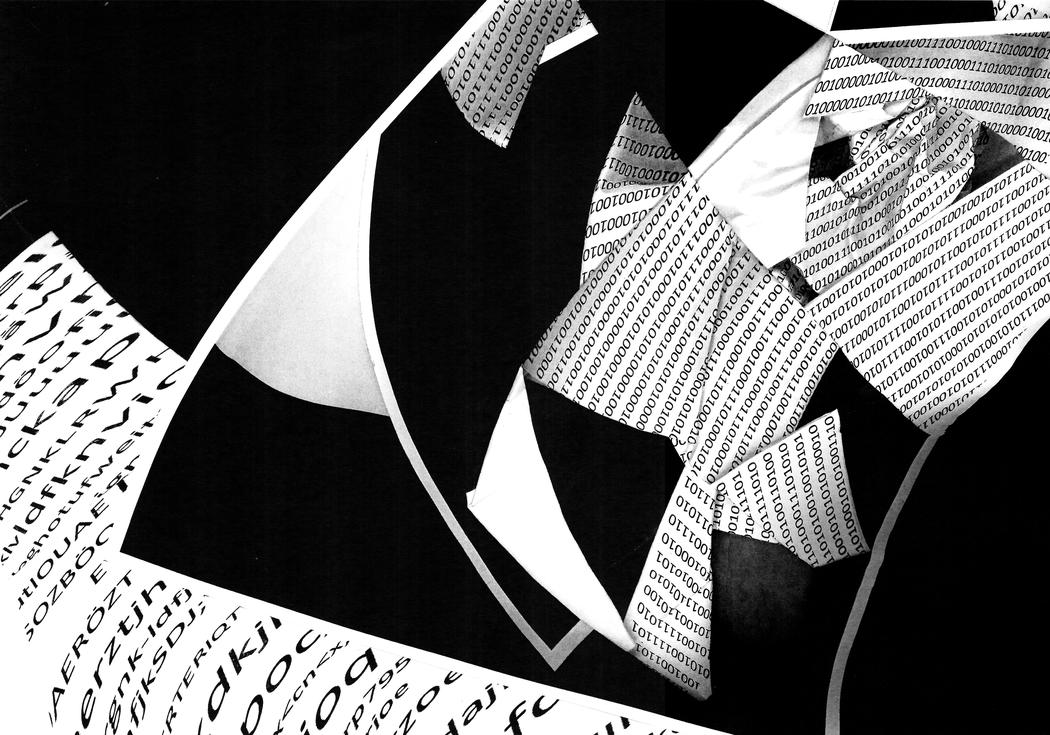 Claudia Ungersbäck | Sculptiturity | 2020
Claudia Ungersbäck | Sculptiturity | 2020
How do you hope viewers will feel when they encounter your artworks—should they read them, listen to them, or simply experience them physically?
When I work, I think with the material and develop a concept while experimenting. Then I think about the concept and continue. I hope viewers perseive my work with all senses – openly, without prejudice, and freely.
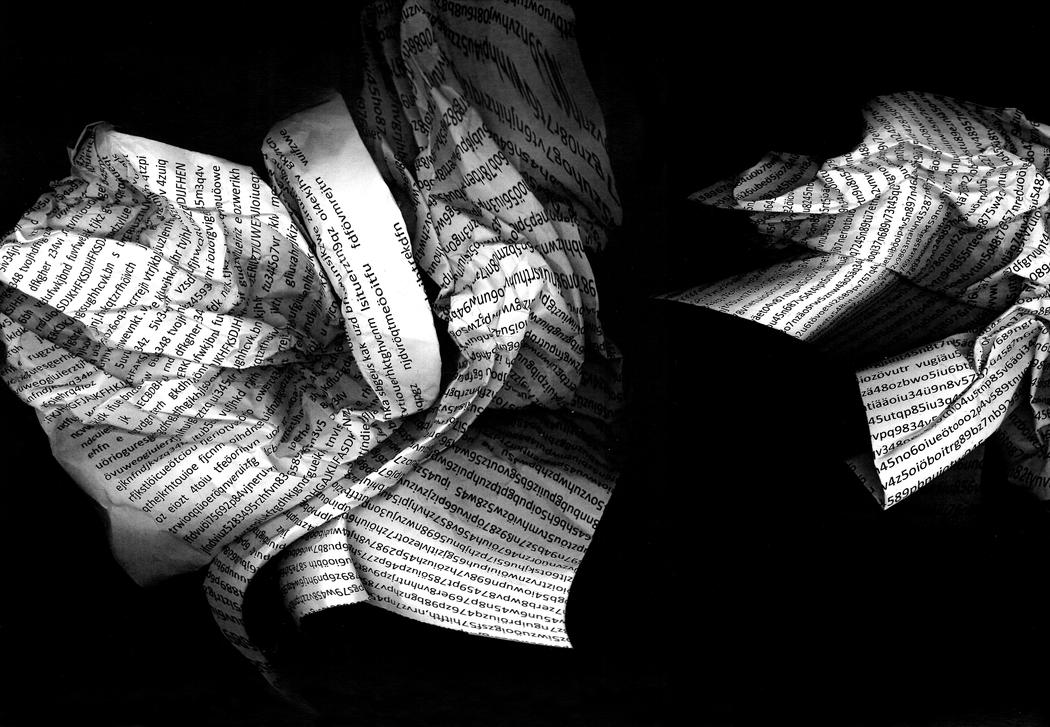 Claudia Ungersbäck | Sculptiturity | 2020
Claudia Ungersbäck | Sculptiturity | 2020
Could you share a moment when someone’s interpretation of your work surprised or inspired you?
When I presented Moments at Textkörper und Musikbilder, someone told me that my work shows how deeply humans are „thrown into language“. That inspired me to develop the concept for Sculptiturity.

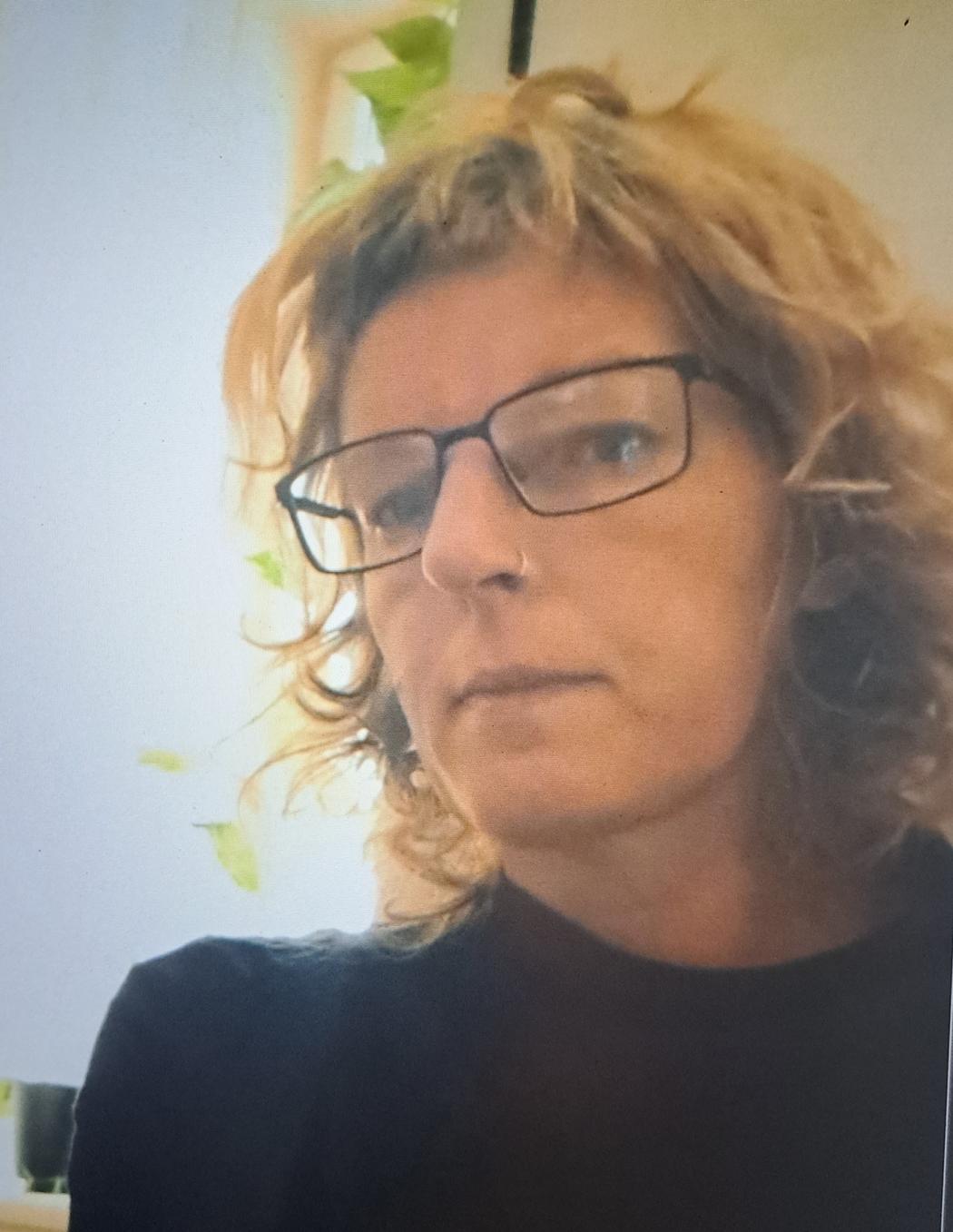
Leave a Reply